Agar-Agar, commonly referred to as “agar”, is a common gelling agent obtained from seaweed. It has a wide application in the food, pharmaceutical and cosmetic industries. Globally, organic and vegetable-based components are becoming more and more popular. The food production and pharmaceutical industries greatly profit from this trend. Today, the production of agar-agar offers a profitable commercial potential. You can establish an Agar-Agar business with the help of this instruction. It goes into great detail about production methods and market prospects. Success-oriented business strategies are also covered in detail. Making wise business decisions requires an understanding of demand. Sustainable growth and long-term profitability are guaranteed by careful planning.
What is Agar-Agar?
Agar-Agar is a natural gel comprising polysaccharides derived from red seaweeds. It presents as a tasteless and odorless powder or strip which is white in color. It substitutes for gelatin since it gels. Animals provide gelatin, which the food industry mostly utilizes. Beyond food, this chemical finds uses in a number of industries. It stabilizes products in the pharmaceutical industry. It acts as a gelatinous medium for the growth of microbiological cultures. In cosmetics, it also serves as a texturizer.
Why Start an Agar-Agar Manufacturing Business?
Agar-Agar business is a good investment for some reasons such as the following:
- Natural Component: The shift in trends towards plant-based and natural components in the food and drug industries increases the demand for Agar-Agar.
- Scope of Use: The scope of Agar-Agar is extensive as it is used in food processing, pharmaceuticals, microbiology, and cosmetics.
- International Markets: Since it is the plant ingredient, Agar-Agar has a healthy export market to reach for more markets as a plant based ingredient good quality import region.
- Sustainable Business: Agar-Agar’s biological nature (being seaweed-based) makes it a very responsible business, and its cultivation aligns with the globalization trend towards green development.
Join Us : Niir Projects Consultancy Services
Niir Projects Consultancy Services
Benefits of Starting an Agar-Agar Manufacturing Business
- Emerging Market: Given the growing need for meatless and eggless substitutes, there is a continued growth in the applications of Agar-Agar in the food industry.
- Multipurpose: Agar-Agar has many applications including, but not limited to, microbiology for the preparation of laboratory cultures, food as an emulsifier and in cosmetics as a gelling agent.
- Expandability: Whichever way you commence i.e. on a small scale or introduce a bigger project facility, Agar-Agar production is adjustable as the market demand soars.
- Overseas Supply Opportunities: Countries where the food industry heavily depends on natural additives and hydrocolloids form a ready export market for producers of Agar-Agar.
Top Applications of Agar-Agar
- Food Sector: Manufacturers use it mostly as a gelling, thickening and stabilizing agent in desserts, jellies, ice creams and soups.
- Medicinal applications: In medicine, pharmaceutical companies use Agar-Agar for drug encapsulation, as a laxative and for nutrition purposes.
- Microbiology: Laboratories use Agar-Agar significantly for the culture of bacteria and fungi.
- Beauty products: Cosmetic companies include it in creams and lotions as a thickener and a stabilizing agent.
- Medical technologies: The use of Agar-Agar in research is of great importance because it serves as a raw material for carrying out DNA gel electrophoresis.
Production Methods
The stages involved in the manufacture of Agar-Agar are intricate and have several technical steps. A brief outline of the stages is presented below:
- Seaweed Harvesting: The initial stage involves the harvesting of red seaweeds (Gracilaria or Gelidium) the main raw ingredient.
- Pre-treatment: Workers wash the seaweed in clean water to remove sand, salt, and other foreign materials.
- Boiling and Extraction: Workers immerse the washed seaweed in boiling water, which separates Agar Agar from the seaweed.
- Filtration: Workers screen the agar solution for any residual seaweeds after boiling.
- Gelling: The filtrate sets into a gel structure upon cooling. Workers then slice this gel into strips or mill it into powder depending on the end-use product.
- Dehydration and Drying: Workers expose the gel to the sun or use a drying machine to remove every bit of moisture in preparation for the final product.
- Milling: For powdered Agar-Agar, workers crush the dried wrappings into small pieces and grind them into smaller particles.
Related Article: Sulphur Powder Business Plan Production of Sodium Hypochlorite. Start your Business in Chemical Industry
Essential Machinery for Agar-Agar Manufacturing
To manufacture Agar-Agar economically, you will need the following primary equipment:
- Boiling Tanks: Manufacturers use these containers to boil seaweed in order to obtain Agar-Agar.
- Filtration Equipment: These are devices that separate the seaweed from the Aqueous Agar solution.
- Gel Formation Units: These are sections of apparatus wherein the Agar solution is made into a gel by cooling.
- Drying Systems: You must dry the Agar-Agar gel, which you can achieve through sun drying systems or mechanical dryers.
- Milling Machines: If you produce Agar-Agar in powder form, you will use milling machines to make powder out of the dried product
- Packaging Machines: These machines include all various types of packing and wrapping machinery for the final product making it available for sale in a hygienic and robust manner.
Starting Your Agar-Agar Manufacturing Business
Below are steps that you will need to follow for your explains on starting your own business on Agar-Agar producing:
- Market Research: Study that will target demand for Agar-Agar in food and pharmaceutical and cosmetics industries. Describe to whom you will sell your products and what gaps in this market you will fill.
- Organize a Business Plan: A business plan outline with clear production goals, market strategies, financial projections and operational plans will serve as a guide.
- Legal and Regulatory Compliance: The process of making food or pharmaceutical grade Agar-Agar is not that simple as there are broad categories of laws and policies that need to be followed. Businesses must comply with food licenses and other legal permits from food regulatory bodies, environmental bodies, and health and safety policies.
- Establish Manufacturing Infrastructure: Establish complete manufacturing so that all processes of production will be supported. Make provision for waste disposal, air circulation, and emergency preventative measures including fire safety in the facility.
- Raw materials sourcing: Find dependable suppliers of seaweed. The quality of raw materials relatively affects the usability of the final product.
- Quality Assurance Implementation: Prevention of quality deterioration and risk of product contamination during manufacturing is of utmost importance. Ensure testing and surveillance is done on a regular basis to comply with standards.
- Sales and Promotion‐Strategy: Reach out and initiate contact to customers in food, pharmaceuticals, and toiletries who might be interested in the products. To promote the products, do trade fairs, print ads in relevant industries and create a robust online outreach.
- Research and Development: Change is everything in this business. Therefore, R&D should never cease in order to enhance production and find new uses of Agar-Agar.
Conclusion
Setting up an Agar-Agar production unit is a worthwhile business for entrepreneurs. As demand for natural products, more so, plant derived, rises, use of Agar-Agar cuts across different industries. This guide can assist in ways that maintain quality standards when starting a business in this growing sector.
One must never be complacent; they must always do R&D. Everyone knows these challenges. With the right strategy in place, producing Agar-Agar can be a good business and help generate income for the most optimistic of investors.

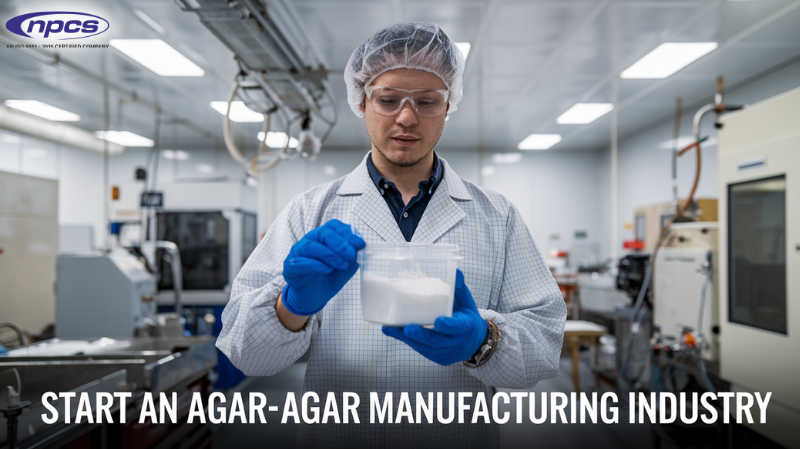
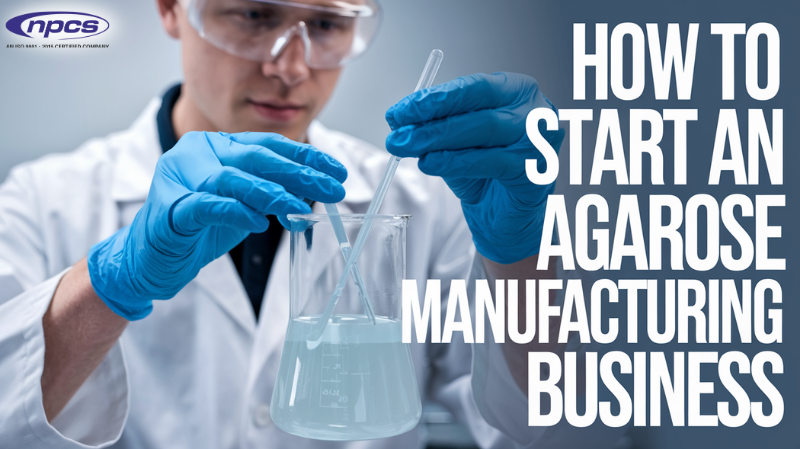
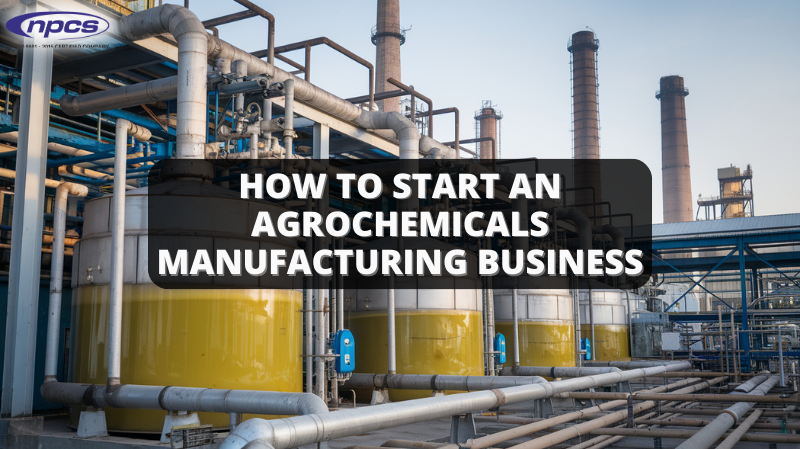
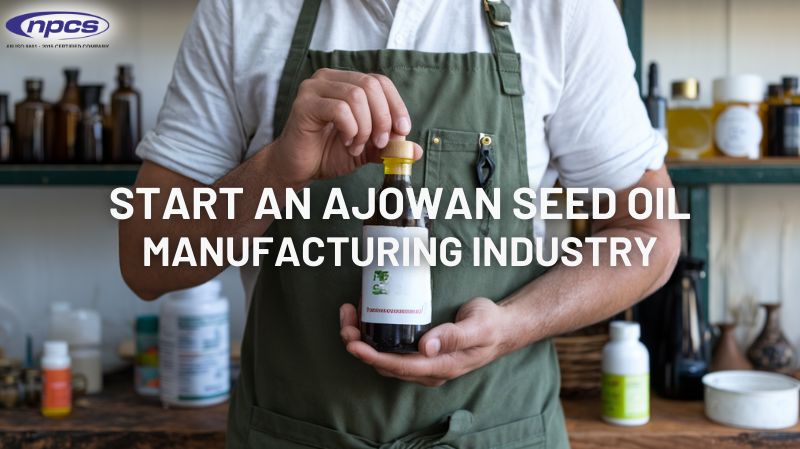
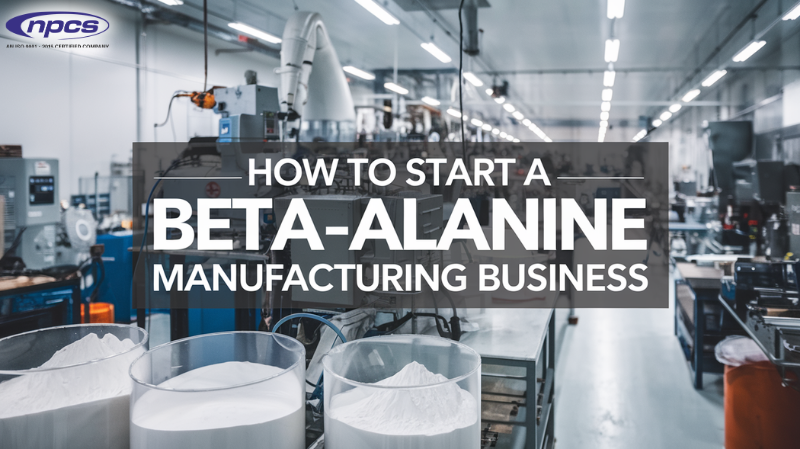
Good morning
Basically we are interested in knowing if you can supply a 100kg/hr Kappaphycus Dry Seaweed processing line to produce 20kg/hr of Carrageenan powder for meats and milks, from Alkaline tanks to Milling equipment.
Appreciate your feedback
Best regards
Russell Smith
Director
Energy Matrix Ltd.
42 Sparrow Avenue
Barataria
Trinidad & Tobago
Tel/WA: 1868 7566457
Good morning
Basically we are interested in knowing if you can supply a 100kg/hr Kappaphycus Dry Seaweed processing line to produce 20kg/hr of Carrageenan powder for meats and milks, from Alkaline tanks to Milling equipment.
Appreciate your feedback
Best regards
Russell Smith
Director
Energy Matrix Ltd.
42 Sparrow Avenue
Barataria
Trinidad & Tobago
Tel/WA: 1868 7566457